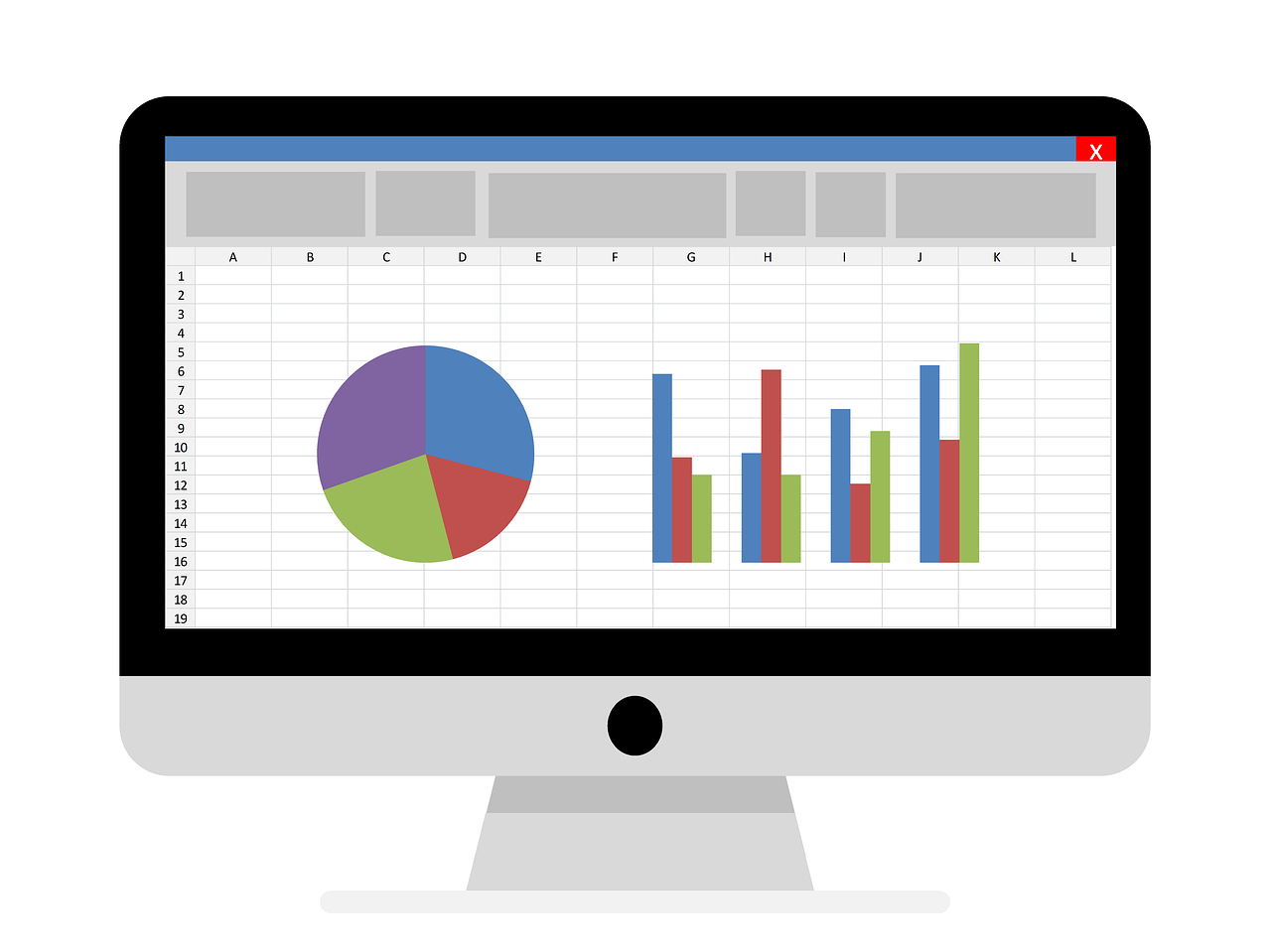For distributors and wholesalers of durable products, inventory forecasting is quite important as it sets the foundation upon which all company plans are built in terms of revenue and market projections. In fact, management will be a simple issue if the business is not in a continual state of motion.
You should note that inventory forecasting models are quite critical when it comes to forecasting accuracy, as this can influence business profitability. In fact, it has become quite important and vital for businesses to predict their future demand in terms of sales assumptions, profits, inventory availability, and costs.
The truth is that assessing the value of future sales is quite important as it affects the future profits and carrying costs. Therefore, the prediction of future sales is a logical starting point as far as business planning, and inventory purchasing is concerned.
Types of Forecasting Models
Quantitative Forecasting
This is an approach that uses mathematical models based on historical data. The process involves using past sales data to determine future demand for your goods. Usually, last year’s data sets can be used. When you have more data, you can easily make accurate historical demands. Although it offers a basis for forecasting, demand can change based on product seasonality or variable market conditions.
Qualitative Forecasting
Although this method is less precise, it predicts future demand based on factors such as economic demand, potential demand, and market forces. These methods are used by inventory planners who have many years of practice. You should note that inventory forecasting is inseparable from reorder and stock review methods.
Short-Term and Long-Term Forecasting
As an inventory planner, you ought to monitor and evaluate both short-term and long-term influencers as far as demand planning is concerned. For example, in the short-term forecast, you have to pay attention to seasonal demand patterns. In this case, seasonality is a period of between three months and one year. On the other hand, long-term demand forecasting is helpful when making large capital planning decisions. These models offer information for making strategic decisions and data from long-term data sets of a company.
The truth is that inventory forecasting cannot be done in isolation. Rather it is an important part of any given business operation and involves all stakeholders from finance and management to IT and operations. There is a need to integrate all the processes to ensure there is a smooth running of the business.

